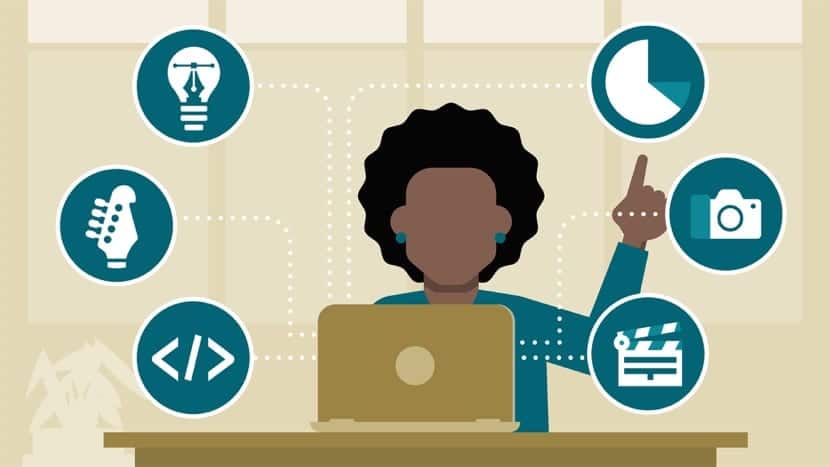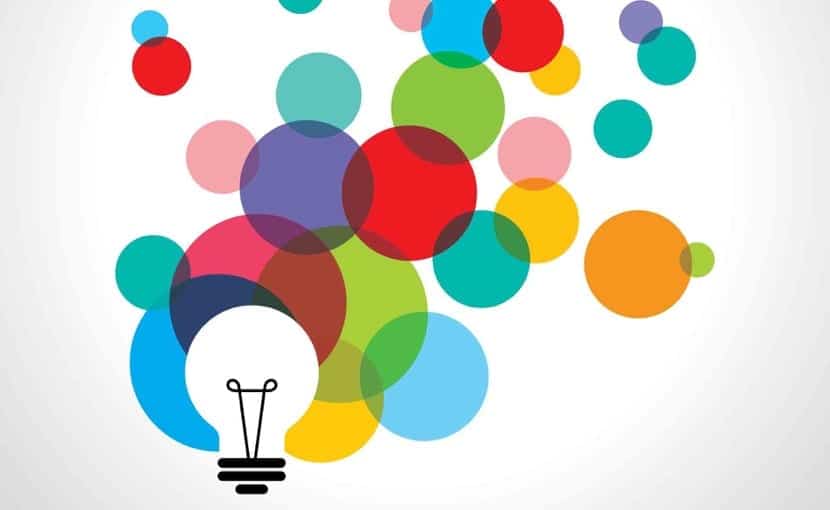
Maybe you've ever heard of Bloom's taxonomy but you are not sure what it is about or how it can be used. It's actually simpler than it sounds, but you have to pay attention to all the influencing factors in order to get the most out of it. In education, anything that means taking advantage of learning is welcome.
Education is a process in which a student is trained or learns about a particular topic. The objective is for these people to develop and have better cognitive, affective, moral and also social capacities. Education is essential in our society to transmit knowledge from one to another and for us to be able to adapt and evolve in the environment in which we find ourselves. In this way people will be able to learn knowledge and skills that move society forward and not stagnate.
Currently education is a universal right but it was not always like that. What are the objectives of formal learning? One model for valuing people's learning is Bloom's Taxonomy and it is important to understand it in order to move forward.
What is
Bloom's taxonomy is a classification with different objectives that are to be achieved through formal education. It was created by Benjamin Bloom in 1956 to promote higher ways of thinking in education, such as analyzing and evaluating concepts, processes, procedures, and principles, rather than just remembering facts (rote learning).
The framework developed by Bloom and his collaborators consisted of six main categories: Knowledge, Understanding, Application, Analysis, Synthesis and Evaluation. The categories after Knowledge were presented as 'skills and abilities', with the understanding that knowledge was the necessary precondition for putting these skills and abilities into practice.
While each category contained subcategories, all on a continuum from simple to complex and concrete to abstract, the taxonomy is popularly remembered according to the six main categories.

Bloom's original taxonomy from 1956
Here are the brief explanations from the authors of these main categories:
- Knowledge. It involves the recovery of specific and universal aspects, the recovery of methods and processes or the recovery of a pattern, structure or configuration.
- Understanding. It refers to a type of understanding or apprehension such that the individual knows what is being communicated. You can make use of the material or idea that is being communicated without necessarily linking it to other material or seeing its fuller implications.
- Application. It refers to the use of abstractions in particular and concrete situations.
- Analysis. Represents the breakdown of a communication into its constituent elements or parts, so that the relative hierarchy of ideas is clear and the relationships between the ideas expressed are made explicit.
- Synthesis. It involves the union of elements and parts to form a whole.
- Generate judgments about the value of materials and methods for specific purposes.
Updated Bloom's Taxonomy (2001)
A group of cognitive psychologists, curriculum theorists and instructional researchers, and testing and evaluation specialists published a review of Bloom's taxonomy in 2001 under the title Taxonomy for Teaching, Learning, and Assessment. This title diverts attention from the somewhat static notion of "educational objectives" (in Bloom's original title) and points to a more dynamic conception of classification. Therefore, educational specialists today rely on this updated Bloom taxonomy to be able to use it in the teaching and learning of any educational field.

The authors of the revised taxonomy underscore this dynamism, using verbs and gerunds to label their categories and subcategories (instead of the names from the original taxonomy). These "action words" describe the cognitive processes by which thinkers meet and work with knowledge:
- Remember (recognizing, remembering)
- Understand (interpreting, exemplifying, classifying, summarizing, comparing, explaining)
- Apply (executing, implementing)
- Analyze (differentiating, organizing, attributing)
- Evaluate (checking, criticizing)
- Create (generating, planning, producing)
In the revised taxonomy, knowledge is at the base of these six cognitive processes, but their authors created a separate taxonomy of the types of knowledge used in cognition:
- Factual knowledge (knowledge of terminology and specific details or elements)
- Conceptual knowledge (knowledge of classifications, categories, principles, generalizations, theories, models or structures)
- Procedural knowledge (Knowledge of skills, algorithms, techniques and methods, criteria for using proper procedures)
- Metacognitive knowledge (strategic knowledge, cognitive tasks and self-knowledge)
Why use bloom's taxonomy
The authors of bloom's taxonomy see the absolute effectiveness in it since they associate it as a didactic response to the learning of any person. They think that bloom's taxonomy should be used because:
- Learning objectives or goals are established, that are important to be able to have a good pedagogical exchange. Teachers and students understand from the first moment the type of educational exchange they will have.
- The objectives are well organized and it is an aid to clarify those that are most important to students.
- Have your goals organized helps teachers and professors plan appropriate instruction, design valid assessment tasks and strategies, and ensure that instruction and assessment are in line with stated objectives.

Bloom's taxonomy clearly establishes the objectives to be achieved in terms of a specific type of learning, so it can facilitate teachers' work, and students will know what to expect at all times. The student must also be the protagonist of their own learning and even if the objectives are established, the student must be a participant at all times in what happens in this teaching-learning process.
Currently and taking into account that society is advancing by leaps and bounds and that new media are incorporated in teaching as well as in the use of new technologies, it is necessary to renew itself. For this reason, aspects related to the use of new information and communication technologies are being included, when new models that resemble each other because they have the same purpose.